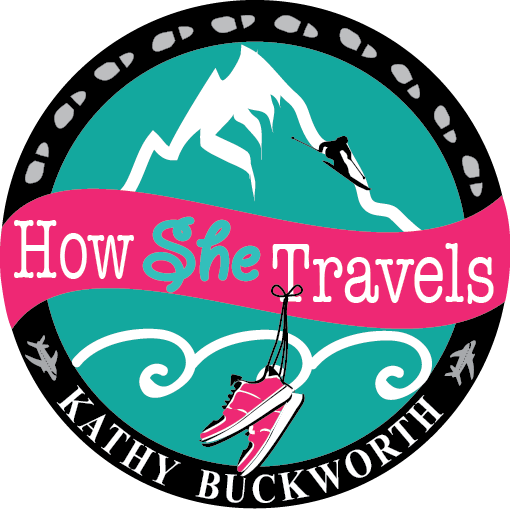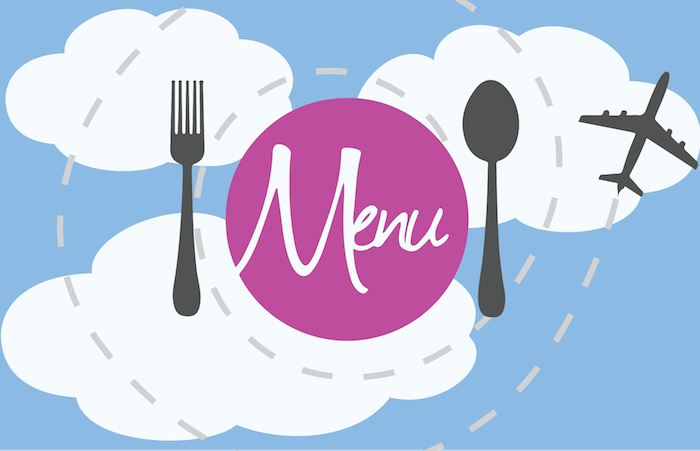How She Travels
∼ by Kathy Buckworth
One of the great pleasures of travel is of course the different food options that are available in different destinations. But for those traveling with food restrictions –such as allergies, gluten-free, vegetarian, vegan or religious boundaries – it requires some definite pre-planning to ensure a healthy diet can be maintained and medical safety is managed.
Flying? The challenges can start here. I found a comprehensive list of some of the most popular airlines food restriction policies over on RoadWarriorVoices who got their information from Allergic Living. (Please check with airline prior to travel as policies change frequently.) Each airline varies; some are still serving nuts (peanuts or cashews or mixed nuts), others have gluten free meal options, one (Jet Blue) even allows allergy prone
passengers to board early to wipe down their seats before general boarding. Air Canada does not ban passengers from bringing peanuts on board, but will allow you to request a “buffer zone” on a flight, whereby passengers within that zone will be warned of severe allergies. It is worth noting that unaccompanied minors with severe peanut allergies will not be allowed t o travel alone. Most airlines will have EpiPens or other allergy medications on board, but of course it is suggested that passengers bring their own.
o travel alone. Most airlines will have EpiPens or other allergy medications on board, but of course it is suggested that passengers bring their own.
If you are not allergic but have dietary restrictions because of celiac, or are vegetarian, vegan, or eliminate certain foods because of religious reasons, you will need to plan ahead in order to make sure you can always access the food you need.
Vegan blogger Tory Aston shares some of her best travel tips over on TheKindBlonde, including the fact that her “number one rule of veganism is the same as girl scouts: always be prepared.” She recommends the Happy Cow app for travel, which will find all types of vegetarian cuisines, including vegan. If you can’t find a vegan only restaurant, go to vegetarian, and then other restaurants which might have vegan dishes available. She also suggests packing your own snacks (Clif Bars, crackers, etc.) recommends visiting local grocery stores once you’ve arrived, to stock up for snacks or entire meals. If you’re not planning on eating out at a lot of restaurants, consider upgrading to hotel rooms with kitchenettes; you’ll likely offset the cost by eating in. Remember to load a translation app or take along a foreign language dictionary to look up ingredients.
The Independent Traveler also has great information on traveling with dietary restrictions, including trip planning, even to go as far as with a “specialty outfitter that caters to your particular dietary needs”. They suggest Kosherica for kosher foods.
Carry food allergy translation cards if you are traveling to a country where they don’t speak your language. You can pull these out at restaurants to make sure to avoid any confusion and potentially harmful mistakes. CeliacTravel.com has printable gluten-free cards available in 54 languages.
And finally, check your health and company insurance to see if you are covered should you fall ill as a result of eating something you shouldn’t have. Otherwise, look to purchase travel insurance that will cover you.
Kathy Buckworth
Author, I Am So The Boss Of You (Random House)
Chief Family Advisor, PCFinancial & PCPlus
Columnist, SiriusXM Canada “How She Travels”
Columnist, “Parent Hacks” Post City Magazines
Travel Feature Writer, Metro News
